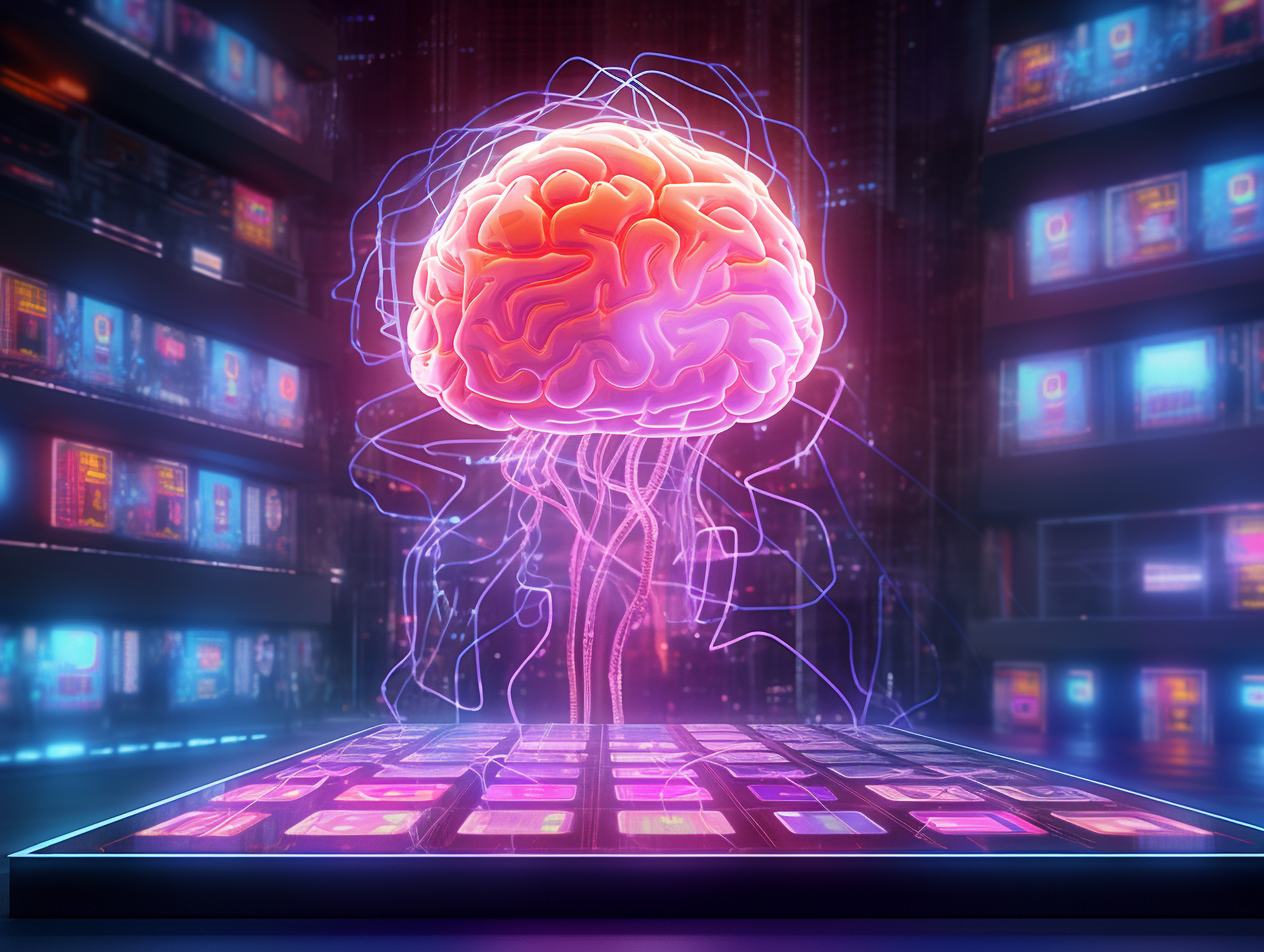info@sadi.co.ke
+254727368241
The boundary between humans and machines is rapidly fading, and at the forefront of this evolution are neural interfaces. These systems connect the human brain directly with computers, opening new possibilities for communication, creativity, and control. What once seemed like science fiction is now becoming a reality, powered by advances in neuroscience, machine learning, and AI.
What Are Neural Interfaces?
Neural interfaces are technologies that capture brain signals and translate them into digital commands. Using sensors, electrodes, or even non-invasive wearables, they allow humans to interact with devices without touch, voice, or clicks. From controlling prosthetics to operating computers with thought alone, neural interfaces are reshaping how people engage with technology.
AI as the Translator of the Mind
Artificial intelligence plays a critical role in neural interfaces. Brain signals are complex, and AI’s ability to recognize patterns enables machines to interpret human intent with remarkable accuracy. This collaboration doesn’t just improve accessibility; it creates entirely new forms of interaction where thought becomes action instantly.
Applications in Daily Life and Industry
Healthcare: Helping patients with paralysis regain control over mobility devices.
Work Productivity: Hands-free navigation of computers, speeding up workflows.
Gaming and Entertainment: Immersive experiences where players control games with their minds.
Military and Safety: Real-time communication without verbal or manual input.
Challenges and Ethical Concerns
With every leap in technology comes new responsibility. Questions around privacy, data ownership, and mental autonomy are critical in the adoption of neural interfaces. Who controls brain data? How do we protect against potential misuse? Addressing these issues will be just as important as the technology itself.
The Future of Human-AI Collaboration
Neural interfaces are more than just a tool — they are the foundation for seamless human-AI collaboration. As the technology matures, it could redefine creativity, work, and communication, unlocking capabilities that transcend traditional human-machine boundaries.
 October 01, 2025 - BY Admin
October 01, 2025 - BY Admin